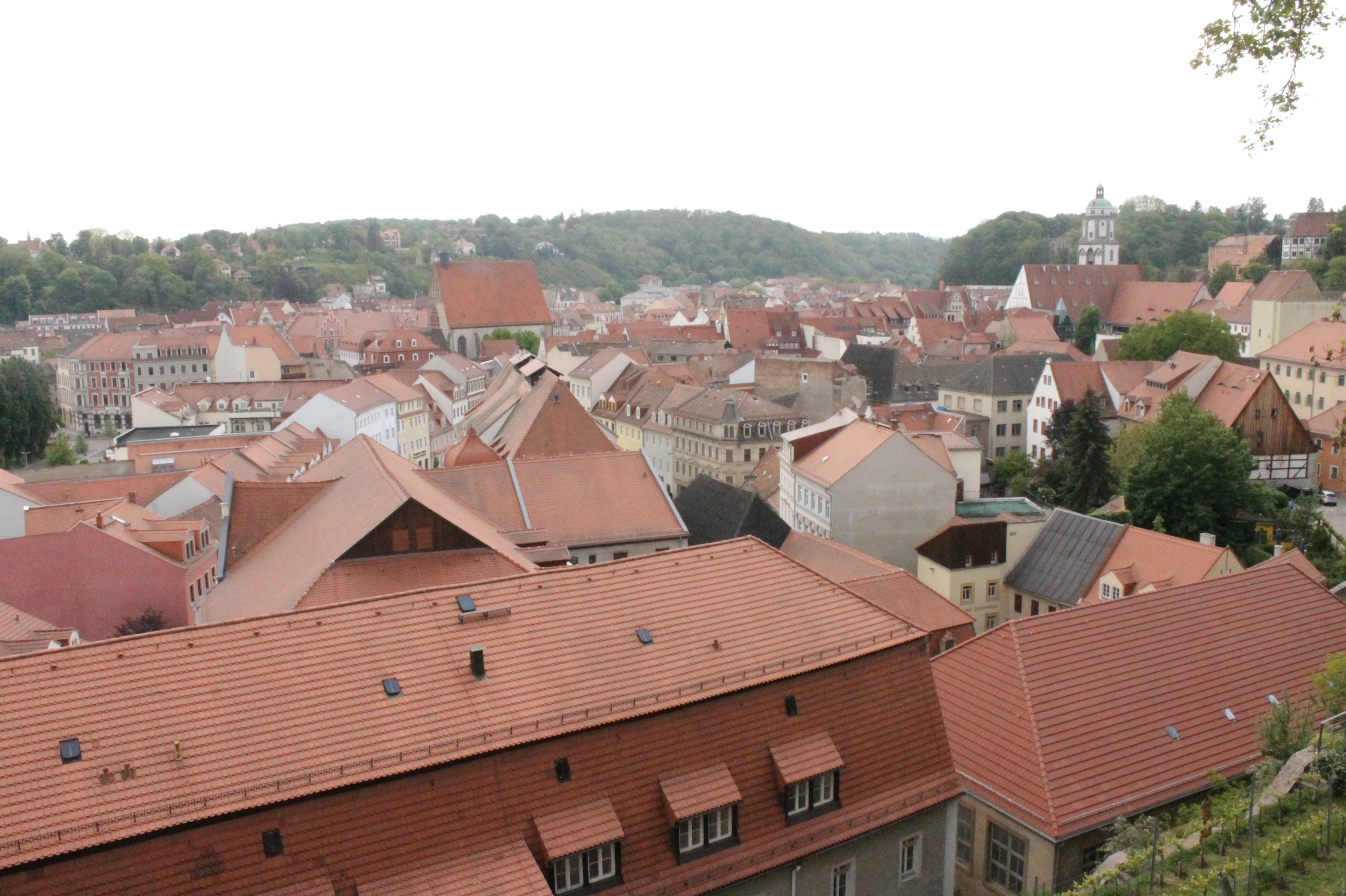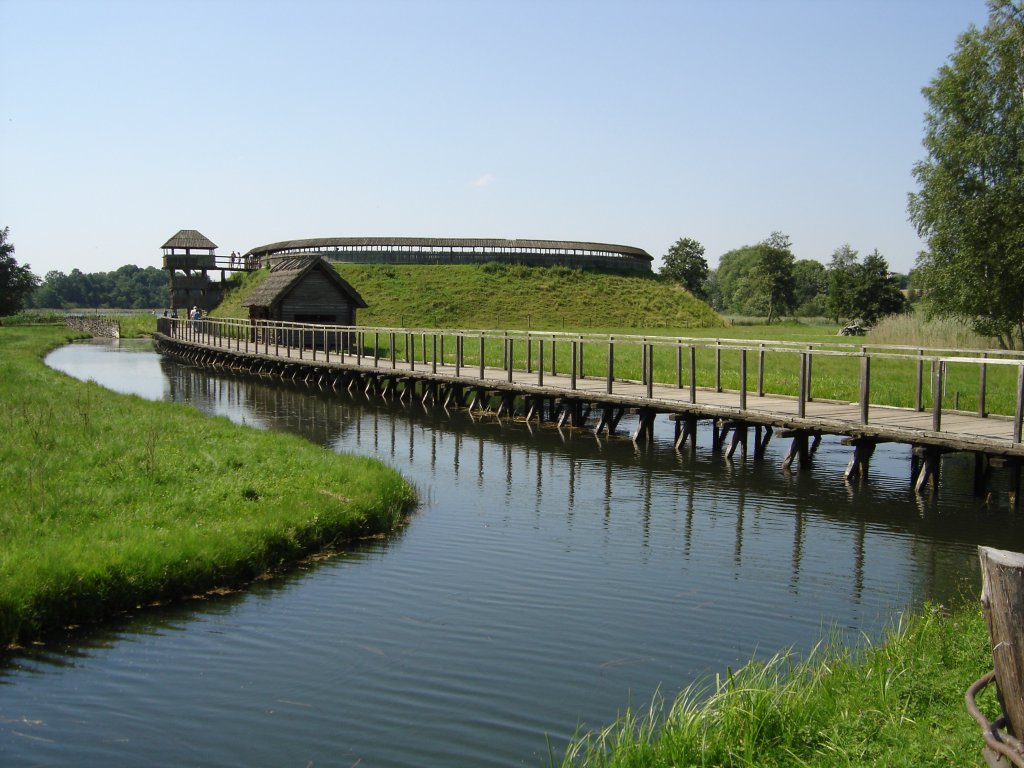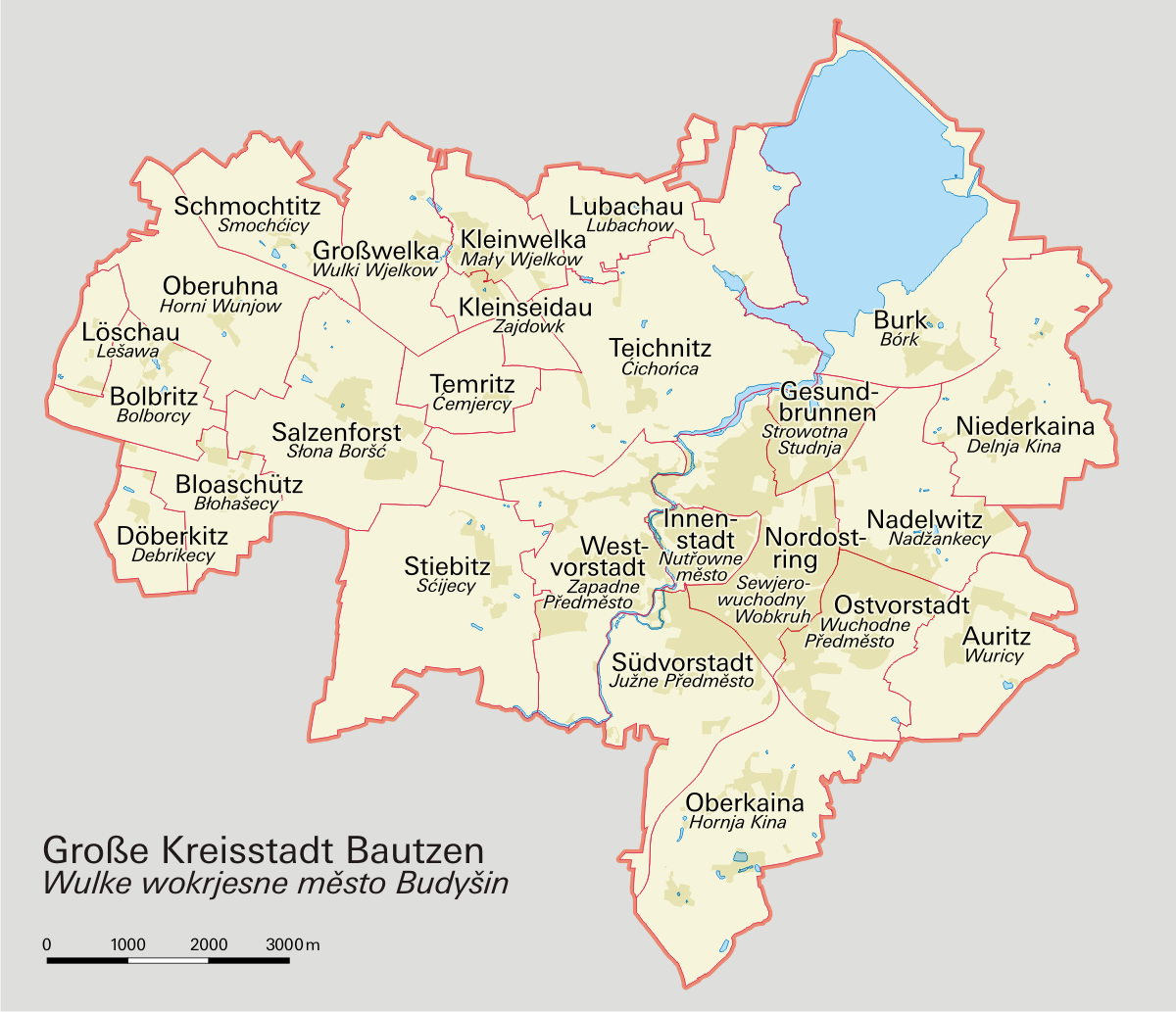|
Misnia
Meissen (in German orthography: ''Meißen'', ) is a town of approximately 30,000 about northwest of Dresden on both banks of the Elbe river in the Free State of Saxony, in eastern Germany. Meissen is the home of Meissen porcelain, the Albrechtsburg castle, the Gothic Meissen Cathedral and the Meissen Frauenkirche. The ''Große Kreisstadt'' is the capital of the Meissen district. Names * german: Meißen * french: Meissen, ou, selon l'orthographe allemande: ''Meißen''; en français suranné: ''Misnie'' * la, Misnia, Misena, Misnensium * pl, Miśnia * cs, Míšeň * hsb, Mišno * dsb, Mišnjo * zh, 迈森 ( pinyin: ) History Meissen is sometimes known as the "cradle of Saxony". It grew out of the early West Slavic settlement of ''Misni'' inhabited by Glomatians and was founded as a German town by King Henry the Fowler in 929. In 968, the Diocese of Meissen was founded, and Meissen became the episcopal see of a bishop. The Catholic bishopric was suppressed in ... [...More Info...] [...Related Items...] OR: [Wikipedia] [Google] [Baidu] |
Albrechtsburg
The Albrechtsburg is a Late Gothic and early Renaissance castle erected from 1471 till about 1495. It is located in the town centre of Meissen in the German state of Saxony. It is situated on a hill above the river Elbe, adjacent to the Meissen Cathedral. History In 929 King Henry I of Germany subdued the Slavic Glomacze tribe at the Siege of Gana and built a fortress within their settlement area, situated on a rock high above the Elbe river. This castle, called ''Misnia'' after a nearby creek, became the nucleus of the town and from 965 the residence of the Margraves of Meissen, who in 1423 acquired the Electorate of Saxony. In 1423 Frederick I was appointed Elector of Saxony. His grandsons, Ernst and Albrecht, ruled over Saxony and Thuringia together from 1464 to 1485 and commissioned the master builder Arnold von Westfalen to build the first German palace on the site of the old margravial castle in 1471. Albrechtsburg Castle never actually became a centre of Wettin's cou ... [...More Info...] [...Related Items...] OR: [Wikipedia] [Google] [Baidu] |
Stadtbezirk
A ''Stadtbezirk'' (also called ''Ortsbezirk'' in Hesse and Rhineland-Palatinate) is an administrative division in Germany, which is part of a larger city. It is translated as "borough". In Germany, ''Stadtbezirke'' usually only exist in a metropolis with more than 150,000 inhabitants. For example, Wattenscheid, which was a town in its own right until 1974, is now a ''Stadtbezirk'' within the city of Bochum in the Ruhr area of North Rhine-Westphalia. In Hesse and Rhineland-Palatinate, the term ''Ortsbezirk'' is also used for districts of smaller cities. A ''Stadtbezirk'' may consist of several smaller parts: ''Stadtteile'' or ''Ortsteile''. While in some cities ''Stadtbezirke'' are only used for statistical purposes, many other ''Stadtbezirke'' have elected representatives. The tasks and responsibilities of the ''Stadtbezirke'' are laid down in the municipal codes (''Gemeindeordnungen'') of the federal states. The details, compositions etc. of the ''Stadtbezirke'' and their repr ... [...More Info...] [...Related Items...] OR: [Wikipedia] [Google] [Baidu] |
Polabian Slavs
Polabian Slavs ( dsb, Połobske słowjany, pl, Słowianie połabscy, cz, Polabští slované) is a collective term applied to a number of Lechitic ( West Slavic) tribes who lived scattered along the Elbe river in what is today eastern Germany. The approximate territory stretched from the Baltic Sea in the north, the Saale and the ''Limes Saxoniae''Christiansen, 18 in the west, the Ore Mountains and the Western Sudetes in the south, and Poland in the east. They have also been known as Elbe Slavs (german: Elbslawen) or Wends. Their name derives from the Slavic ''po'', meaning "by/next to/along", and the Slavic name for the ''Elbe'' (''Labe'' in Czech and ''Łaba'' in Polish). The Polabian Slavs started settling in the territory of modern Germany in the 6th century. They were largely conquered by Saxons and Danes since the 9th century and were subsequently included and gradually assimilated within the Holy Roman Empire. The tribes were gradually Germanized and assimilated in ... [...More Info...] [...Related Items...] OR: [Wikipedia] [Google] [Baidu] |
Market Town
A market town is a settlement most common in Europe that obtained by custom or royal charter, in the Middle Ages, a market right, which allowed it to host a regular market; this distinguished it from a village or city. In Britain, small rural towns with a hinterland of villages are still commonly called market towns, as sometimes reflected in their names (e.g. Downham Market, Market Rasen, or Market Drayton). Modern markets are often in special halls, but this is a recent development, and the rise of permanent retail establishments has reduced the need for periodic markets. Historically the markets were open-air, held in what is usually called (regardless of its actual shape) the market square (or "Market Place" etc), and centred on a market cross ( mercat cross in Scotland). They were and are typically open one or two days a week. History The primary purpose of a market town is the provision of goods and services to the surrounding locality. Although market towns were kno ... [...More Info...] [...Related Items...] OR: [Wikipedia] [Google] [Baidu] |
Holy Roman Empire
The Holy Roman Empire was a Polity, political entity in Western Europe, Western, Central Europe, Central, and Southern Europe that developed during the Early Middle Ages and continued until its Dissolution of the Holy Roman Empire, dissolution in 1806 during the Napoleonic Wars. From the accession of Otto I in 962 until the twelfth century, the Empire was the most powerful monarchy in Europe. Andrew Holt characterizes it as "perhaps the most powerful European state of the Middle Ages". The functioning of government depended on the harmonic cooperation (dubbed ''consensual rulership'' by Bernd Schneidmüller) between monarch and vassals but this harmony was disturbed during the Salian Dynasty, Salian period. The empire reached the apex of territorial expansion and power under the House of Hohenstaufen in the mid-thirteenth century, but overextending led to partial collapse. On 25 December 800, Pope Leo III crowned the List of Frankish kings, Frankish king Charlemagne as Carolingi ... [...More Info...] [...Related Items...] OR: [Wikipedia] [Google] [Baidu] |
Frontier March
In medieval Europe, a march or mark was, in broad terms, any kind of borderland, as opposed to a national "heartland". More specifically, a march was a border between realms or a neutral buffer zone under joint control of two states in which different laws might apply. In both of these senses, marches served a political purpose, such as providing warning of military incursions or regulating cross-border trade. Marches gave rise to titles such as marquess (masculine) or marchioness (feminine) in England, ''marqués'' (masculine) and ''marquesa'' (feminine) in Spanish-speaker countries, as well as in the Catalan and Galician regions, ''marquês'' (masculine) and ''marquesa'' (feminine) in Portuguese-speaker countries, ''markesa'' (both masculine and feminine) in Euskadi, ''marquis'' (masculine) or ''marquise'' (feminine) in France and Scotland, margrave (german: Markgraf, lit=march count; masculine) or margravine (, feminine) in Germany, and corresponding titles in other European ... [...More Info...] [...Related Items...] OR: [Wikipedia] [Google] [Baidu] |
Katholische Hofkirche
Dresden Cathedral, or the Cathedral of the Holy Trinity, Dresden, previously the Catholic Church of the Royal Court of Saxony, called in German Katholische Hofkirche and since 1980 also known as Kathedrale Sanctissimae Trinitatis, is the Catholic Cathedral of Dresden. Always the most important Catholic church of the city, it was elevated to the status of cathedral of the Diocese of Dresden–Meissen in 1964. It is located near the Elbe river in the historic center of Dresden, Germany. It is one of the burial sites of the House of Wettin, including Polish monarchs. History The Hofkirche stands as one of Dresden's foremost landmarks. It was designed by architect Gaetano Chiaveri from 1738 to 1751.Fritz Löffler: ''Das alte Dresden - Geschichte seiner Bauten''. 16th ed. Leipzig: Seemann, 2006, (German) The church was commissioned by Augustus III, Elector of Saxony and King of Poland while the Protestant city of Dresden built the Frauenkirche (Church of Our Lady) between 1726 ... [...More Info...] [...Related Items...] OR: [Wikipedia] [Google] [Baidu] |
Bautzen
Bautzen () or Budyšin () is a hill-top town in eastern Saxony, Germany, and the administrative centre of the district of Bautzen. It is located on the Spree river. In 2018 the town's population was 39,087. Until 1868, its German name was ''Budissin''. In 1945 the Battle of Bautzen was Hitler’s last victory against the Soviet Union during the Battle of Berlin . Bautzen is often regarded as the unofficial, but historical capital of Upper Lusatia. The town is also the most important cultural centre of the Sorbian minority, which constitutes about 10 percent of Bautzen's population. Asteroid '' 11580 Bautzen'' is named in honour of the city. Names Like other cities and places in Lusatia, Bautzen has several different names across languages. Its German name was also officially changed in 1868. As well as ''Bautzen'' (German) and ''Budyšin'' (Upper Sorbian), the town has had the following names: * German: ''Budissin'' (variants used from c. 11th century onwards; Saxon governme ... [...More Info...] [...Related Items...] OR: [Wikipedia] [Google] [Baidu] |
Protestant Reformation
The Reformation (alternatively named the Protestant Reformation or the European Reformation) was a major movement within Western Christianity in 16th-century Europe that posed a religious and political challenge to the Catholic Church and in particular to papal authority, arising from what were perceived to be errors, abuses, and discrepancies by the Catholic Church. The Reformation was the start of Protestantism and the split of the Western Church into Protestantism and what is now the Roman Catholic Church. It is also considered to be one of the events that signified the end of the Middle Ages and the beginning of the early modern period in Europe.Davies ''Europe'' pp. 291–293 Prior to Martin Luther, there were many earlier reform movements. Although the Reformation is usually considered to have started with the publication of the '' Ninety-five Theses'' by Martin Luther in 1517, he was not excommunicated by Pope Leo X until January 1521. The Diet of Worms of May 1521 ... [...More Info...] [...Related Items...] OR: [Wikipedia] [Google] [Baidu] |
Bishop
A bishop is an ordained clergy member who is entrusted with a position of authority and oversight in a religious institution. In Christianity, bishops are normally responsible for the governance of dioceses. The role or office of bishop is called episcopacy. Organizationally, several Christian denominations utilize ecclesiastical structures that call for the position of bishops, while other denominations have dispensed with this office, seeing it as a symbol of power. Bishops have also exercised political authority. Traditionally, bishops claim apostolic succession, a direct historical lineage dating back to the original Twelve Apostles or Saint Paul. The bishops are by doctrine understood as those who possess the full priesthood given by Jesus Christ, and therefore may ordain other clergy, including other bishops. A person ordained as a deacon, priest (i.e. presbyter), and then bishop is understood to hold the fullness of the ministerial priesthood, given responsibility b ... [...More Info...] [...Related Items...] OR: [Wikipedia] [Google] [Baidu] |
Episcopal See
An episcopal see is, in a practical use of the phrase, the area of a bishop's ecclesiastical jurisdiction. Phrases concerning actions occurring within or outside an episcopal see are indicative of the geographical significance of the term, making it synonymous with ''diocese''. The word ''see'' is derived from Latin ''sedes'', which in its original or proper sense denotes the seat or chair that, in the case of a bishop, is the earliest symbol of the bishop's authority. This symbolic chair is also known as the bishop's '' cathedra''. The church in which it is placed is for that reason called the bishop's cathedral, from Latin ''ecclesia cathedralis'', meaning the church of the ''cathedra''. The word ''throne'' is also used, especially in the Eastern Orthodox Church, both for the chair and for the area of ecclesiastical jurisdiction. The term "see" is also used of the town where the cathedral or the bishop's residence is located. Catholic Church Within Catholicism, each dio ... [...More Info...] [...Related Items...] OR: [Wikipedia] [Google] [Baidu] |







.jpg)
